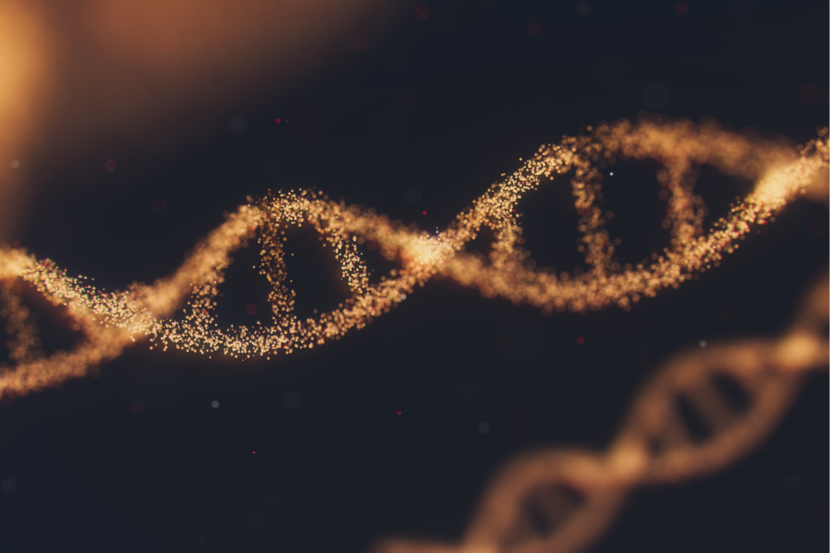NFI reports on distinguishing twins using DNA analysis
Following a request from the Northern Netherlands District Court, the Netherlands Forensic Institute (NFI) examined whether identical twins can be distinguished from one another based on their DNA.
The analysis was carried out as part of a rape case – the suspect in the case being one of a set of identical twins. The NFI was successful in distinguishing the twin brothers from one another in this case. Indeed, this case marks the first occasion that this aspect was investigated in a Dutch criminal case.
Mutations do allow for differences in the DNA of identical twins to be identified.
In any standard forensic DNA analysis, the NFI looks at 23 specific loci in the DNA, which are unique sites for each individual. However, in the case of identical twins, the loci in the DNA are identical and therefore cannot be used to distinguish them from one another.

3 billion letters
DNA is made up of chemical building blocks, which are abbreviated to the letters G, A, T and C. These four letters form the DNA alphabet and are used to write the entire DNA code. In total, DNA consists of some 3 billion letters, which together make up the design and plan for the human body. This code, for example, determines whether someone becomes a man or a woman or the colour of a person’s eyes.
DNA of identical twins
Identical twins are the result of a single fertilised egg, or zygote, which is split in two early in its development. This results in two embryos that, in genetic terms, come from the same fertilised egg and therefore are the result of the same DNA. The further development of those two embryos is brought about by the many subsequent cell divisions, in which the DNA is constantly copied. That copying process can very occasionally cause a copying error, which is referred to as a mutation. A mutation often relates to a change in exactly one letter in the DNA code. This mutation will persist in all cells that descend from the originally mutated cell. If a mutation occurs at an early stage in the cell division of the twins, this will result in a difference between the two individuals. These types of mutations are rare. It is estimated that five to ten mutations will occur, whereas the complete DNA sequence consists of three billion ‘letters’.
The NFI is able to analyse whether there are mutations in the DNA that can allow twins to be distinguished from one another. The NFI can then verify whether and to what extent the mutations can likewise be detected in the DNA found in the traces found, in order to establish from whom, i.e. which twin, the DNA in these traces may have originated. The NFI has reported the results of the analysis carried out in this case to the Examining Magistrate. The results of this analysis are more than one billion times more probable if the DNA comes from the suspect than from his twin brother.
Partnership
The analysis that was conducted in this case was a collaborative effort between the NFI, the Leiden University Medical Center and GenomeScan, which specialises in DNA analysis techniques such as ‘reading’ DNA. In order to ascertain whether there are unique mutations in the DNA of a set of identical twins, all three billion letters in the DNA of both persons have to be determined. This is because the mutations may, in principle, be present at any site in the DNA. This highly accurate ‘reading’ of the DNA down to the very last letter is referred to as Whole Genome Sequencing. After determining the letters in the DNA of both persons, a comparison is carried out between those letters in order to determine the site of the mutations present.
Due to the large volumes of biological data, researchers make use of special computer algorithms. Any mutations that are detected are then confirmed in the laboratory by way of DNA analysis. After confirmation of the mutations, the DNA of the traces in the case are examined to determine which mutations are present in those traces and to what extent. Finally, the experts calculate the evidential value of the results obtained with the help of forensic statistical analysis. On that basis, it is possible to conclude from which of the two persons the DNA in the traces may have originated.
Milestone
The analysis as a whole has never previously been conducted in the Netherlands in the context of a criminal case. An analysis of this nature has only been performed on a number of occasions worldwide. Scientific articles on these cases have been published in Forensic Science International Genetics, which are available here and here.